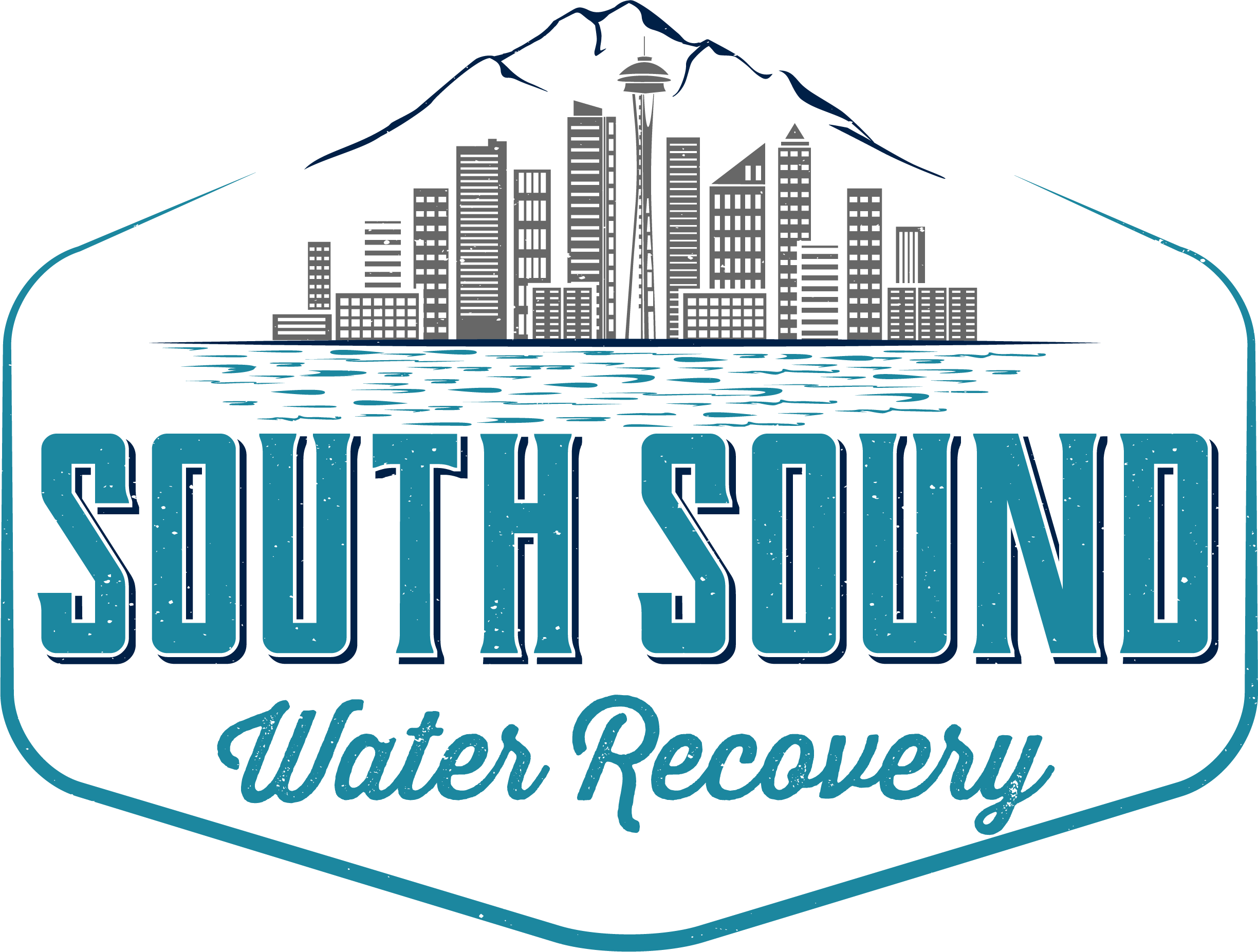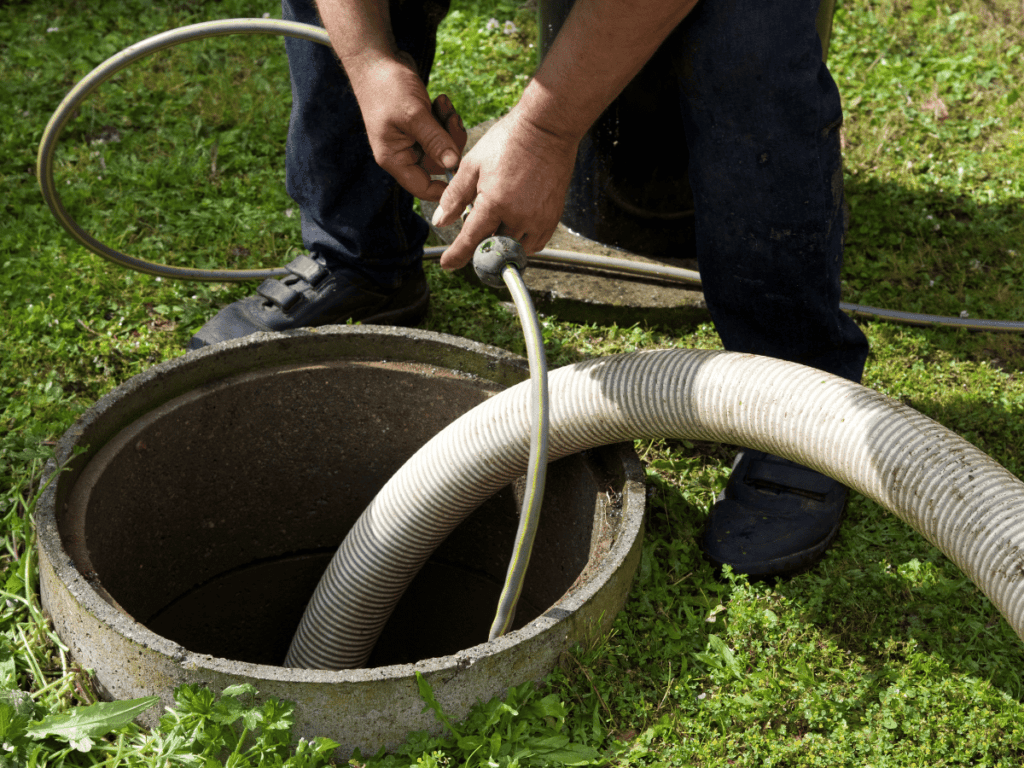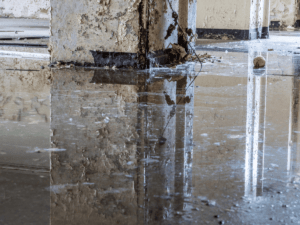Dealing with a sewer backup is a daunting task that requires immediate attention to prevent significant property damage and health risks. Understanding how to clean up sewer backup effectively can save you time, money, and stress. This comprehensive guide will walk you through the cleanup process, ensuring you address all critical aspects of a sewage backup.
Understanding Sewer Backup
A sewer backup occurs when the sewer system is overwhelmed or blocked, causing sewage to flow back into your home. This can happen due to several reasons, including:
- Tree Roots: Tree roots can infiltrate sewer lines, causing blockages and backups.
- Sewer Line Damage: Cracked or broken sewer pipes can lead to sewage backups.
- Heavy Rainfall: Excessive rain can overwhelm the sewer system, leading to backups.
- Clogged Drains: Blockages in drains and pipes can cause sewage to back up.
Aging sewer systems can also contribute to backups. Preventive measures, such as regular inspections and maintenance, can help avoid sewage backups in the sewer systems.
Immediate Steps to Take When a Sewer Backup Occurs
- Ensure Safety: The first step in dealing with a sewer backup is to ensure your safety and that of your family. Avoid contact with raw sewage, as it contains harmful bacteria and contaminants that pose significant health risks.
- Wear Protective Gear: Equip yourself safely. Wear rubber boots, rubber gloves, a face mask, and eye protection to prevent exposure to sewage water.
- Turn Off Electricity: If the backup is severe, turn off the electricity in the affected area to prevent electrical hazards.
- Stop Using Water: To prevent further sewage backup, stop using water in your home. This includes not flushing toilets, running faucets, or using appliances like washing machines and dishwashers.
Steps to Clean Up Sewer Backup
1. Remove Standing Sewer Water
- Use a Pump: If there’s a large amount of standing water, use a sump pump or wet-dry vacuum to remove it. Avoid connecting sump pumps to the sewer system, as this can lead to clogging and potential danger during heavy storms. Instead, ensure that sump pumps are routed away from the house and that drainage is free flowing.
- Avoid Direct Contact: Do not come into contact with the contaminated water. Wear protective clothing throughout the cleanup process.
2. Dispose of Contaminated Items
- Throw Away: Dispose of any items that cannot be thoroughly cleaned and disinfected, such as upholstered furniture, carpets, and mattresses.
- Seal in Bags: Place contaminated items in heavy-duty plastic bags to prevent the spread of bacteria.
3. Clean and Disinfect
- Cleaning Solution: Mix one cup of chlorine bleach with a gallon of warm water to create a cleaning solution.
- Scrub Surfaces: Use this solution to scrub floors, walls, and other surfaces in the affected area. Ensure you clean all areas thoroughly to remove sewage and bacteria.
- Disinfect: After scrubbing, disinfect surfaces with antibacterial soap and warm water. Allow the surfaces to air dry.
4. Rinse and Dry
- Rinse with Water: Rinse all cleaned surfaces with clean, warm water.
- Wipe Dry: Use towels or rags to wipe dry all surfaces. Ensure everything is completely dry to prevent mold growth.
5. Remove Debris and Contaminated Materials
- Dispose of Debris: Remove any solid debris that has come into contact with sewage water.
- Replace Damaged Items: Replace any damaged or contaminated building materials, such as drywall and insulation.
6. Ventilate the Area
- Open Windows and Doors: Allow fresh air to circulate through the affected area to help dry out the space and remove any lingering odors.
- Use Fans and Dehumidifiers: Place fans and dehumidifiers in the area to speed up the drying process and prevent mold growth.
Preventing Future Sewer Backups
Preventing backups involves regular maintenance and being mindful of what goes down your drains. Here are some preventive measures:
- Inspect Your Sewer Line: Regularly inspect your sewer line for any signs of damage or blockages. Replace old pipes with new plastic pipes to reduce the risk of sewer line damage.
- Install a Backwater Valve: Consider installing a backwater valve to prevent sewage from backing up into your home during heavy rainfall or blockages.
- Avoid Flushing Non-Biodegradable Items: Do not flush items like wipes, paper towels, or feminine hygiene products down the toilet.
- Maintain Your Trees: Keep an eye on trees near your sewer lines and have a professional trim the roots if necessary.
Handling Health Risks from Sewer Backup
Sewer backups pose significant health risks due to the presence of harmful bacteria, viruses, and other pathogens in the sewage water. Here’s how to mitigate these risks:
- Avoid Direct Contact: Always wear protective gear when handling sewage water or contaminated items.
- Wash Thoroughly: Wash your hands and any exposed skin with antibacterial soap and warm water after handling sewage.
- Use Disinfectants: Use chlorine bleach or other disinfectants to clean and sanitize affected areas.
- Seek Medical Attention: If you experience any symptoms of illness after exposure to sewage water, seek medical attention immediately.
Working with Professionals
While you can handle minor sewage backups yourself, significant backups or those that affect large areas of your home should be handled by professionals. Here’s why:
- Expertise: Professionals have the expertise to handle large-scale sewage backups safely and effectively.
- Advanced Equipment: They use advanced equipment to remove sewage water, clean, disinfect, and dry affected areas.
- Prevent Further Damage: Professional services can help prevent further damage to your property and ensure thorough cleanup and restoration.
Documenting the Damage for Insurance Claims
Documenting the damage is crucial for insurance claims when a sewer backup occurs. Follow these steps:
- Take Photos and Videos: Document the damage with photos and videos, capturing the extent of the sewage backup and affected areas.
- Keep Receipts: Save receipts for any expenses related to the cleanup and repairs.
- Contact Your Insurance Company: Report the incident to your insurance company immediately and provide them with the documentation.
Additional Tips for Cleaning Up Sewer Backup
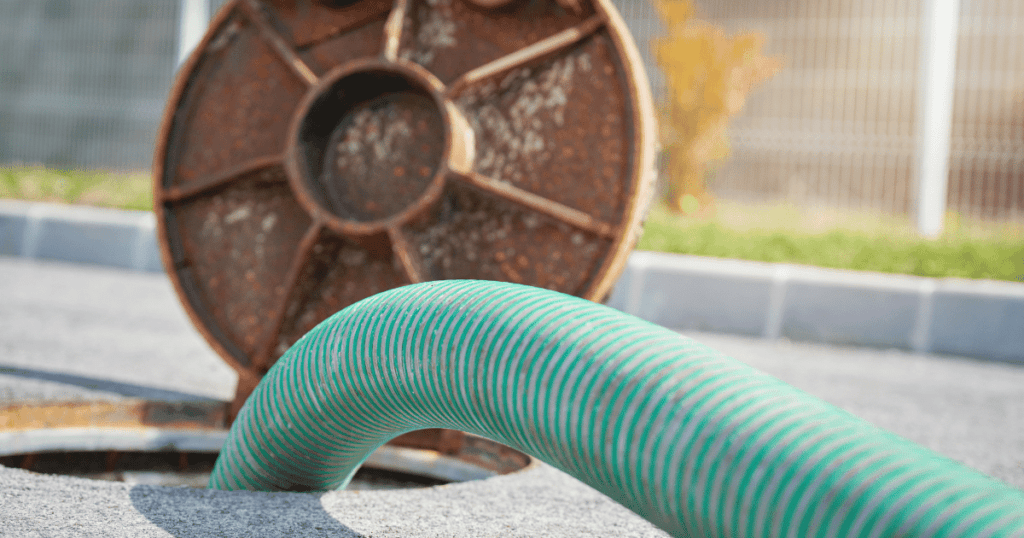
- Use Low-Suds Detergent: When washing contaminated clothing or fabrics, use a low-suds detergent to ensure thorough cleaning.
- Baking Soda: Sprinkle baking soda on affected carpets and fabrics to neutralize odors before cleaning.
- Hot Shower: After completing the cleanup, take a hot shower and thoroughly wash your body to remove any potential contaminants.
- Protective Clothing: Wear protective clothing, including long sleeves, pants, and rubber gloves, throughout the cleanup process to prevent skin exposure.
- Avoid Using Affected Appliances: Do not use appliances like dishwashers or washing machines that have been in contact with sewage water until they have been thoroughly cleaned and inspected.
Conclusion
Cleaning up after a sewer backup is a challenging but necessary task to ensure your home or business is safe and sanitary.
By following these steps and taking the proper precautions, you can effectively clean up sewage backups, prevent further damage, and protect your health.
Remember, when in doubt, it’s always best to seek the assistance of professional services to handle significant backups and ensure comprehensive cleanup and restoration.
